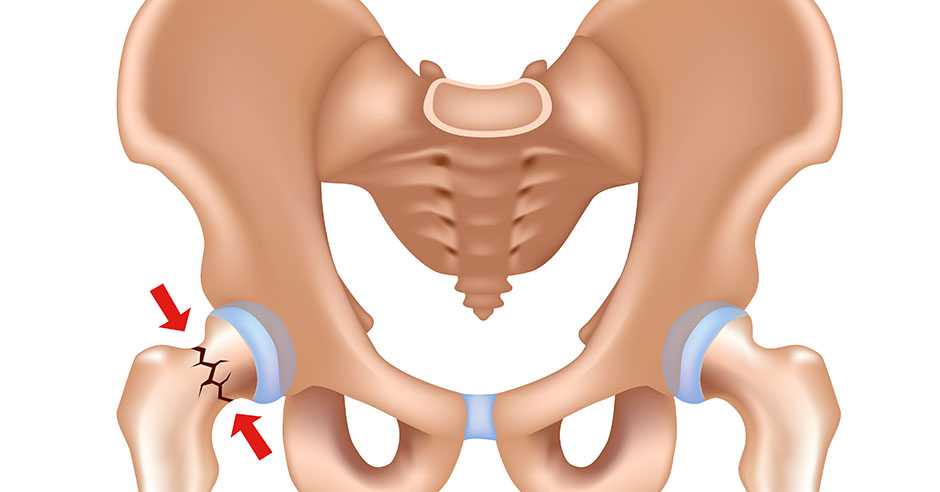femoral neck fracture in Tunisia
Definition of Femoral Neck Fracture
 A femoral neck fracture (hip fracture) is a serious injury, particularly in elderly people. It is likely to be life-changing and life-threatening for some people. It occurs when the upper part of the femur (thigh bone) is broken, just below the ball joint.
A femoral neck fracture (hip fracture) is a serious injury, particularly in elderly people. It is likely to be life-changing and life-threatening for some people. It occurs when the upper part of the femur (thigh bone) is broken, just below the ball joint.
There are two main types of hip fracture, intracapsular and extracapsular.
Intracapsular fracture: In this injury, the ball at the top of the femur has broken at its junction with the neck of the upper thigh, inside the hip joint. Sometimes it is possible to reattach the ball, but it is usually removed and replaced with a half hip replacement (called hip hemiarthroplasty) or a total hip replacement, if appropriate.
Extracapsular fracture: This break is lower down the femur, outside the hip joint and is fixed using metal hardware. The surgeon will explain which type of fracture you have.
Before Your Surgery
Due to the nature of a trauma surgery service, your surgery time may unfortunately be changed in case of emergencies. If this happens, the team will keep you informed and give you a new scheduled time for surgery. In the morning, you will have an echocardiogram. This is a test to assess your heart function and helps the anesthesiologist plan the anesthesia for your surgery. You can eat up to 6 hours and drink clear fluids up to 2 hours before your surgery. Usually, you will be able to take your normal tablets and medications, but the ward nurse will discuss this with you. If you are taking warfarin, it will be temporarily stopped to prevent excessive bleeding during surgery.
After Your Surgery
After your surgery, you will be taken to the recovery area near the operating room. Nurses will care for you here and continue to monitor your blood pressure, oxygen levels, and pulse. They will treat any pain, sickness, or nausea you may have. If you feel like it, you can start drinking. Once the team is satisfied with your condition, you will be taken back to the ward to continue your recovery. The ward team will continue to monitor your condition at least every hour after your surgery. The monitoring will decrease in frequency as you recover. They will regularly check your pain level and ensure you have regular pain relief. It will help if you can start drinking and eating as soon as possible after your surgery, to help maintain your strength and recover more quickly. You may find little and often easier to eat.
Benefits of Surgery
The purpose of surgery is to repair the fracture to relieve long-term pain. This will allow you to sit out of bed and start walking the day after your surgery. You will be much more comfortable after your surgery, so you can begin your recovery immediately.
Risks of Undergoing Surgery
Risks include pain, infection, bleeding, damage to blood vessels and nerves around the hip, clots in the legs or lungs, additional fractures, hardware failure (requiring additional surgery), and not surviving the surgery.
Alternative to Surgery
Without surgery, the bone will take at least three months to heal or possibly longer. During this time, you would be fed lying flat in bed. Staying in bed for so long has its own problems, including lung infection, blood clots in the leg or lung, urinary infection, and pressure sores. Controlling pain is difficult. Together, these problems can make it more dangerous than having surgery.